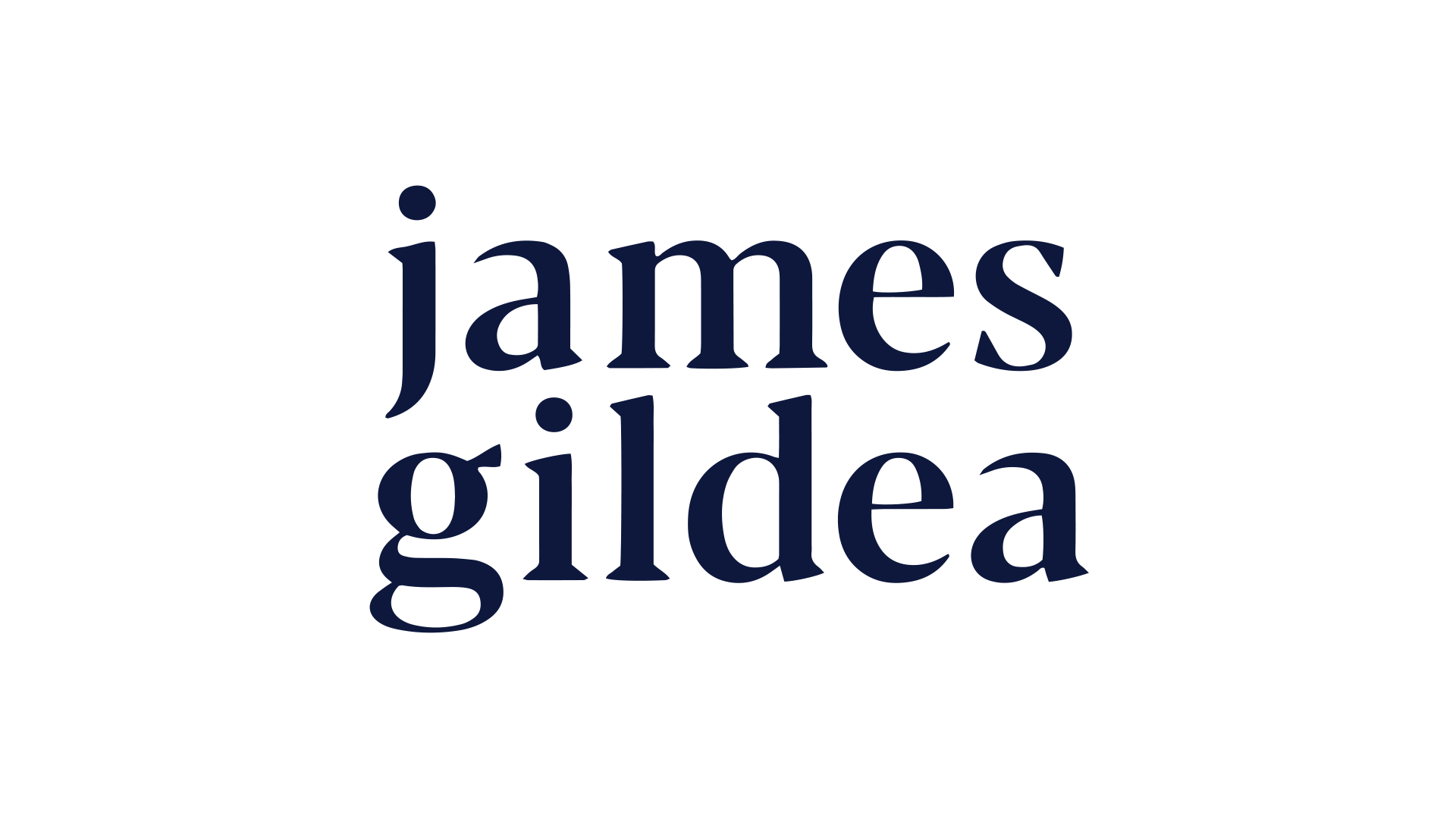

Shield Makers
Meeting the demand of PPE for healthcare workers during COVID-19.
Face Shields are in short supply due to COVID-19. Shield Makers is a dedicated team of individuals designing and creating face shields for those who need them most.
Our mission is to fill the dire need for face shields for medical workers at Rancho Los Amigos National Rehabilitation Hospital, and Los Angeles County Department of Health Services facilities.
PARTNERSHIP WITH:



CONTEXT
Non-profit Effort
ROLE
Project Lead
Industrial Designing, Concept Development, 3d Printing, 3d Modelling, 3d Rendering, Rapid Prototyping
TEAM
Hon Li
Tricia Sada
Skyler Coppenrath
Morgan West
DesignMatters @ ArtCenter
SPECIAL THANKS TO
Andy Lin
Chris Hacker

Real Shields for Real People
To date, Shield Makers has fabricated and delivered over 4,600 face shields, and counting to hospitals in the LA county area.


Key Criteria
While reviewing dozens of our own prototypes and prototype submissions, we formulated 3 key criteria that our design uncompromisingly needed to meet.



Evaluating Prototypes
We received prototypes and ran them through rigorous quality testing. Some designs cracked and fell apart, others fogged up too much. We shared our findings with resident doctors and therapists at Rancho for professional validation.
Fabrication Processes
We weighed the pros and cons of the manufacturing processes we had access to. Various individuals, institutions, schools and corporations were able to help. Below are the processes we evaluated through prototyping.
We ultimately chose to focus our main production on 3D printing and molding/casting.

Hand
Cutting
Affordable tooling (x-Acto/home tools)
Large scale empowerment
Fluctuations in quality
Difference in materials
Possible contamination
Laser
Cutting
Rapid production
Cost effective per unit
Machine availability
Confined to materials that safely "offgas" when cut
3d
Printing
Low to high tooling cost
Easy to outsource
High cost per unit
Questionable sterilization of materials
PLA? ABS? Ridges? Porous?
CNC
Routing
Low machine time cost
Flat cut potential
Machine availability
Molding and
Casting
Low tooling costs/flexible tooling
Materials can be sterilized
Need outdoor ventilation or a fume extractor
PPE required due to toxic/hazardous materials
Injection
Molding
Quality and consistency
Materials can be sterilized
High tooling costs
Long lead time due to tooling
Die
Cutting
Low tooling costs
Encourages flat cut designs
High demand
Material waste


3D Printing
Monoprice was kind to donate 25 of their MP10 3D printers. We built and put the printers to work immediately. We 3D printed mold cases as positive.
Molding and Casting
We 3D printed mold cases as a positive, then used a platinum low viscosity silicone to create molds. We then poured a 65 Shore D Polyurethane (Silcast ii from Silpak) to create the headbands
Creating the Mold

Pouring Silicone Molds
The mold boxes were 3d printed. Mold release was sprayed inside the molds and a LV Silicone was mixed and poured into the mold case.

Removing Mold Post Cure
After roughly 1 hour the mold is ready to be released from the mold box.

Mold Cleaning
The molds needed a bit of trimming and fine tuning to be ready for the pouring of polyurethane.
Casting the Headband

Mixing and Pouring Casts
Part A and Part B are mixed up 1:1, with each cast using approximately 30 grams of polyurethane material. 1 gram of blue pigment was added for color, and mixed thoroughly for 30 seconds.

Pulling + Curing Casts
The molds needed a bit of trimming and fine tuning to be ready for the pouring of polyurethane.

Trimming and Sanding Cast
The flashing on the cast needs to be trimmed and sanded.
Final Prep and Shield Assembly

Tapping face shields for riveting
On the shield, through holes for rivets are tapped into place. We also created a jig and drilled larger stacks for quicker production.

Drilling rivet holes
Indents to indicate drilling were created in mold. These hole were drilled out with a 1/8" drill bit.

Riveting and assembling
Once all parts are prepared and finished, the shield is riveted to the headband, and the elastic strap and foam padded are applied.

Bill of Materials
Headband
Cast or Printed
$0.70 per unit
Closed Cell Foam Padding
$0.70 per 8.5 inch piece
5/8” Buttonhole Nylon Elastic
$0.70 per 12 inch piece
1 Mil PET Front Shield (9x11”)
$0.50 per unit
1 Mil PET Top Shied
(Not pictured)
$0.50 per unit
Thank You to Our
Healthcare Workers!
The best part was the people we were making the shields for. The wearers of our shields were not only happy with the quality of the product but also knowing that we were thinking of them and actively doing something to help.



shieldmakers.org
Our website allows the team to coordinate with volunteers, and share our learnings with others.
@shieldmakers
Our Instagram account allows us to be in direct contact with the healthcare personnel that need shields, and gain insights and feedback on what to improve.
Shield Makers in Featured Publications:


Call To Action
We are a group of students & professionals from ArtCenter College of Design who are working closely with Rancho Los Amigos National Rehabilitation Center, ArtCenter faculty, and Supplyframe to design face shields.

